This week I joined up with Bexar Audubon Society to participate in a bird survey of one of San Antonio’s municipal golf courses, Willow Creek.
Seven of us arrived at 8 AM to begin the survey of the golf course on its maintenance day. This ensured we didn’t disturb players and gave us the best chance to see the maximum number of birds.
We split into two groups and took half of the course each, one in the front half and one in the back. This sounded great on paper but we learned that hole numbers crisscross all over the place so it was tricky in some areas to ensure we weren’t surveying the same locations and double-counting birds.
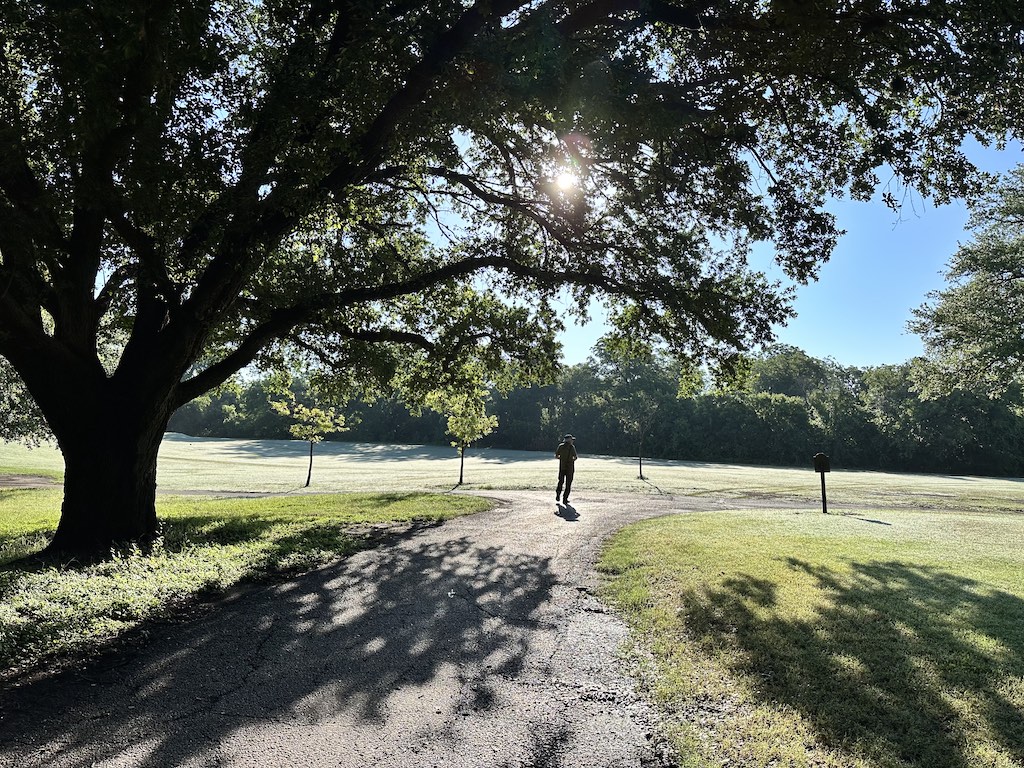
The morning grass on the course was super dewy and my shoes got soaked all the way through due to my poor choices! Nonetheless, we saw a large number of species and I got some great photos in the process. Here are a few highlights from our survey:
Green Heron
This Green Heron was perched near the top of a leafless tree. I love the pop of its yellow eyes.
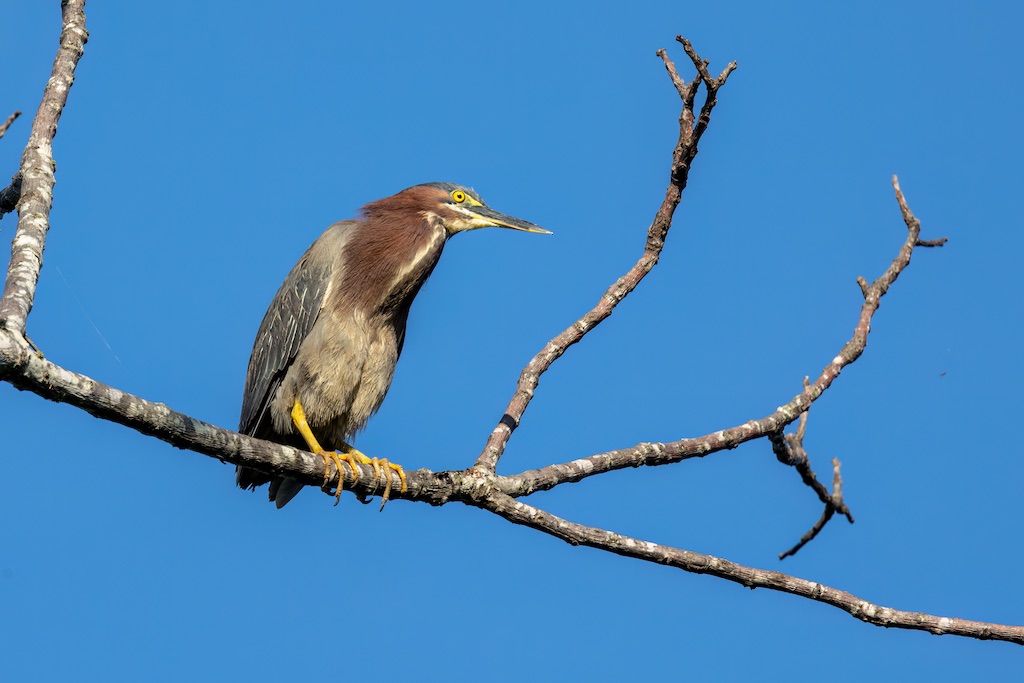
Yellow-billed Cuckoo
I saw a bird fly into a nearby tree and thought it was a Scissor-tailed Flycatcher. Upon closer inspection one of the other birders quickly called ID’ed it as a Yellow-billed Cuckoo. This was my first good look at this bird since last year.
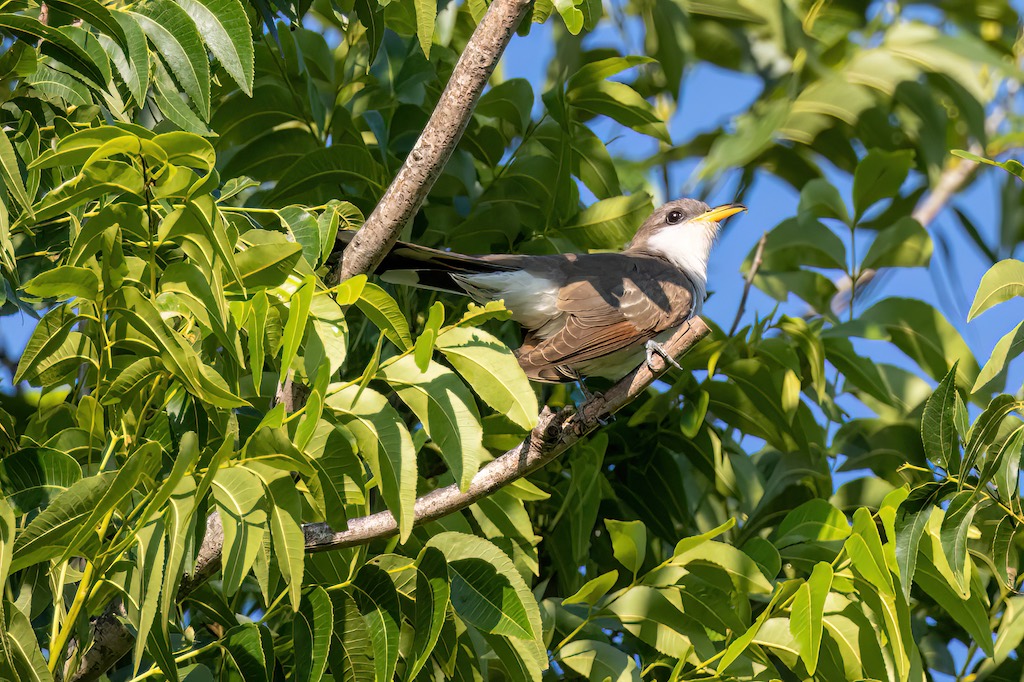
A juvenile Summer Tanager
My favorite Summer Tanagers are the immature ones due to their pretty yellow-and-red mottled coloring.
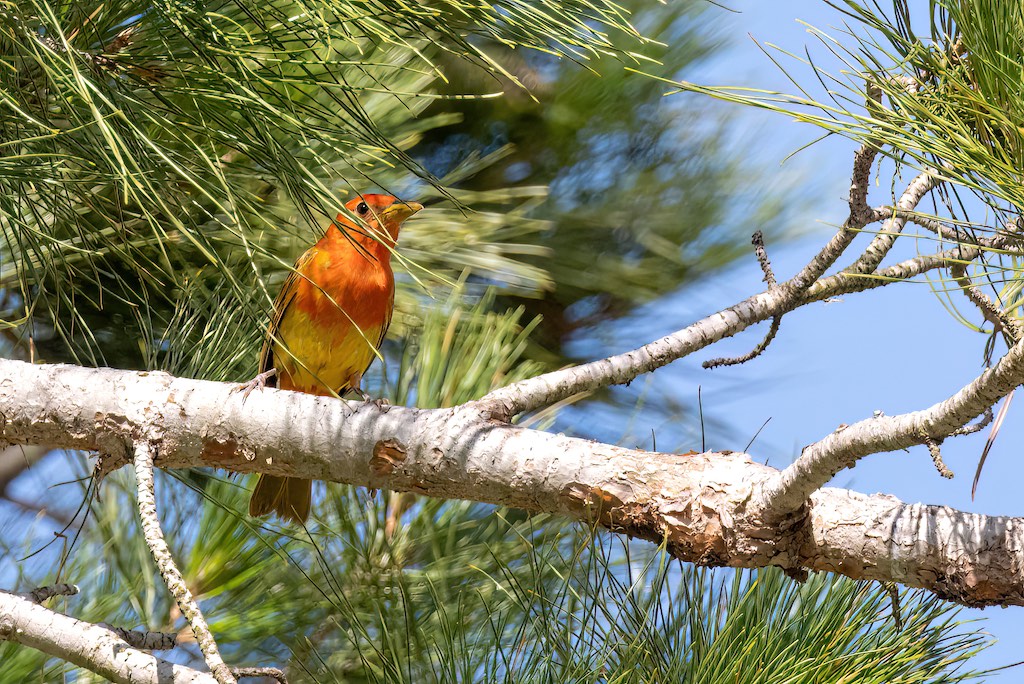
Mayfly buffet
There was a pond full of hatching mayflies on the golf course which attracted a decent number of Barn Swallows. They zipped through the air grabbing insects from the surface of the water.
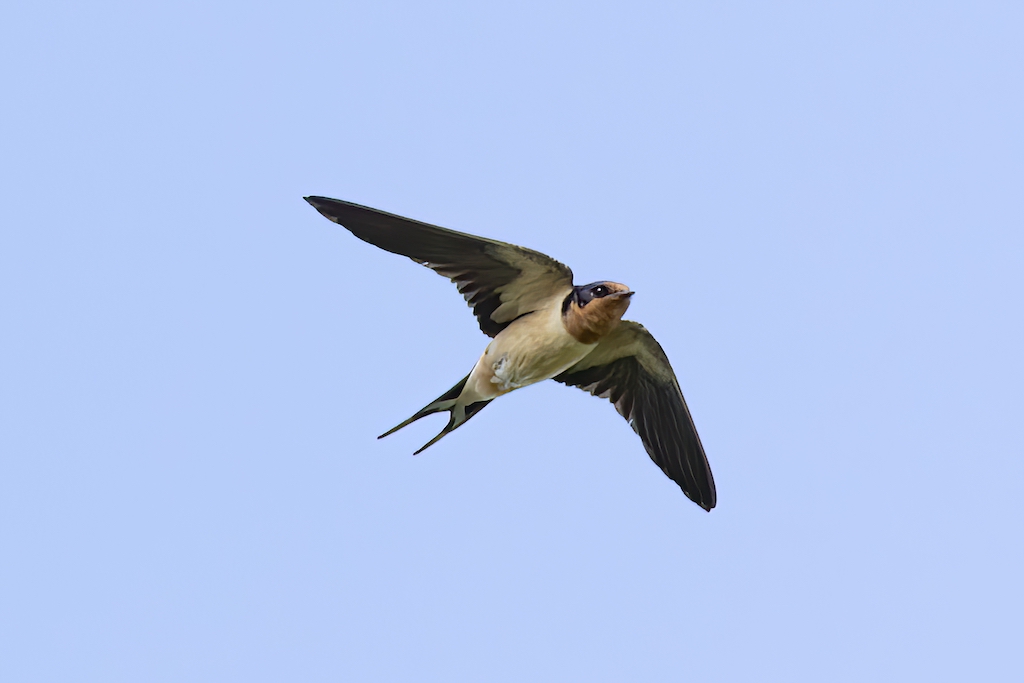
Whistling ducks
Hearing Black-bellied Whistling Ducks is always a treat. I recently had a family of them wandering on foot through my neighborhood. We watched a few of them fly and walk around the course during the survey.
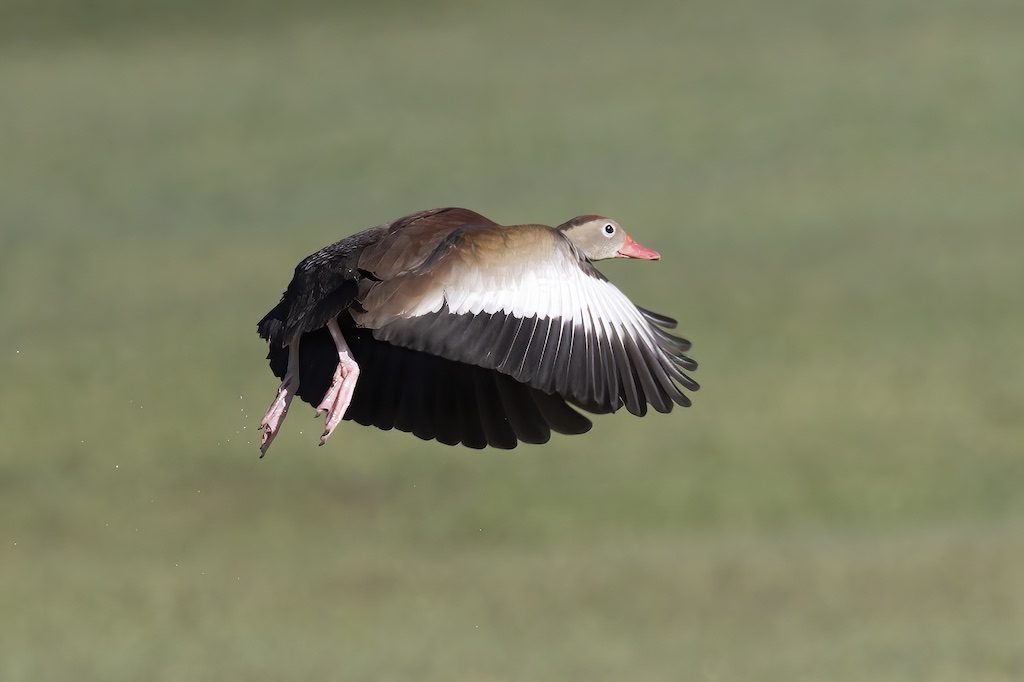
Bronzed Cowbirds
I spotted a dark, small bird in a faraway tree and examined it through my binoculars and camera. I pointed it out to the other birders with my guess that it was a Bronzed Cowbird due to the lack of contrast between its head and the rest of its body. I snapped a few photos of it with the exposure boosted to try to discern if it had red eyes or not, and sure enough it did. Everyone was excited about this sighting. We ended up seeing two others during the survey.
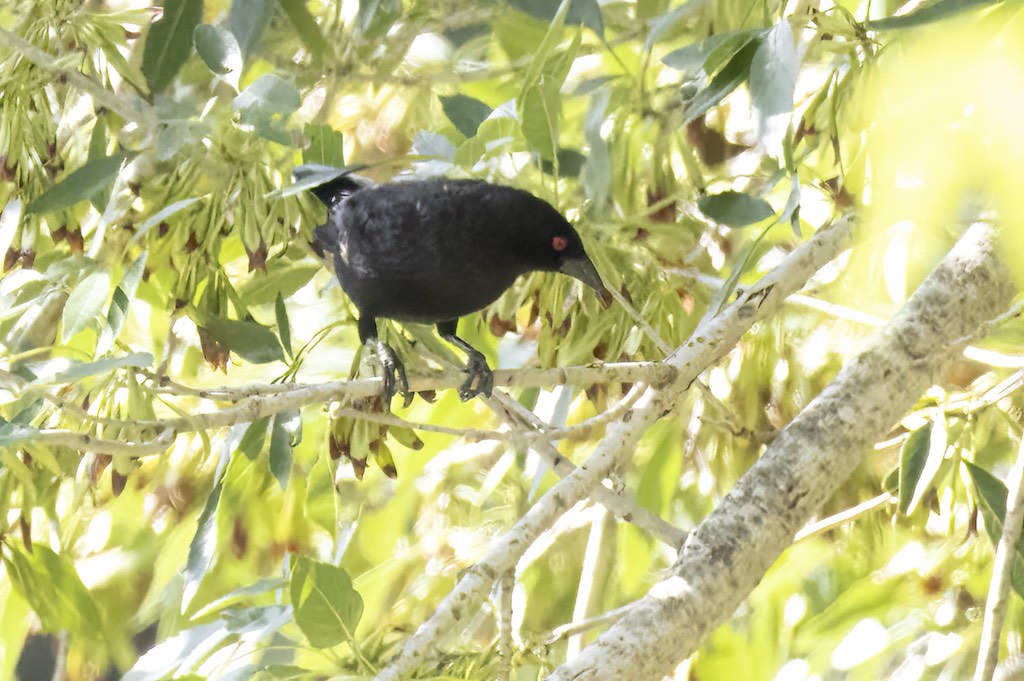
A flycatcher debate
Flycatchers can be difficult to ID in the field due to many sharing similar physical characteristics. I’m pretty sure this next bird is an Eastern Phoebe but I’ve sought opinions from others in the Audubon to let them chime in.
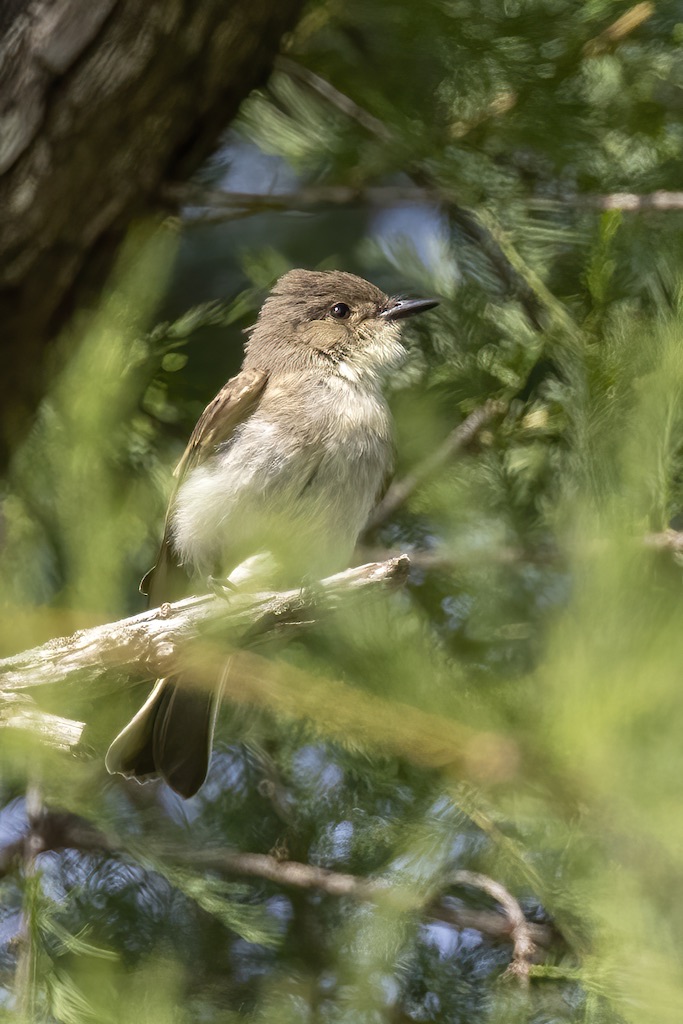
Final total
Birds seen: 230
Species seen: 40
Survey length: 3 hours